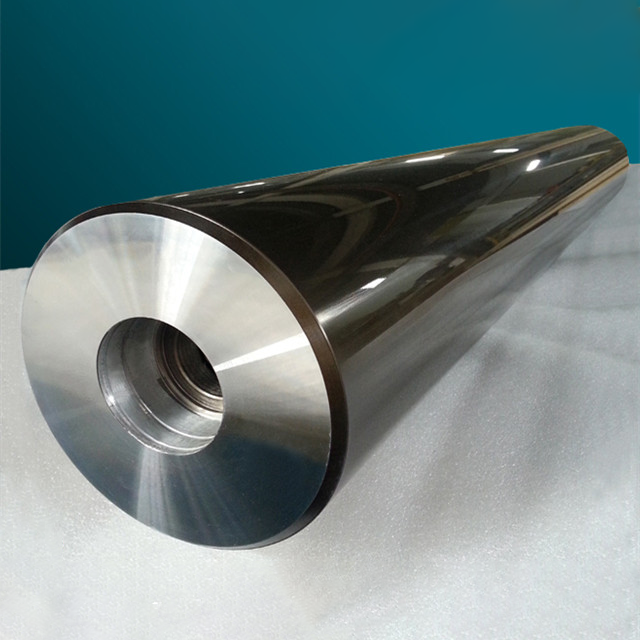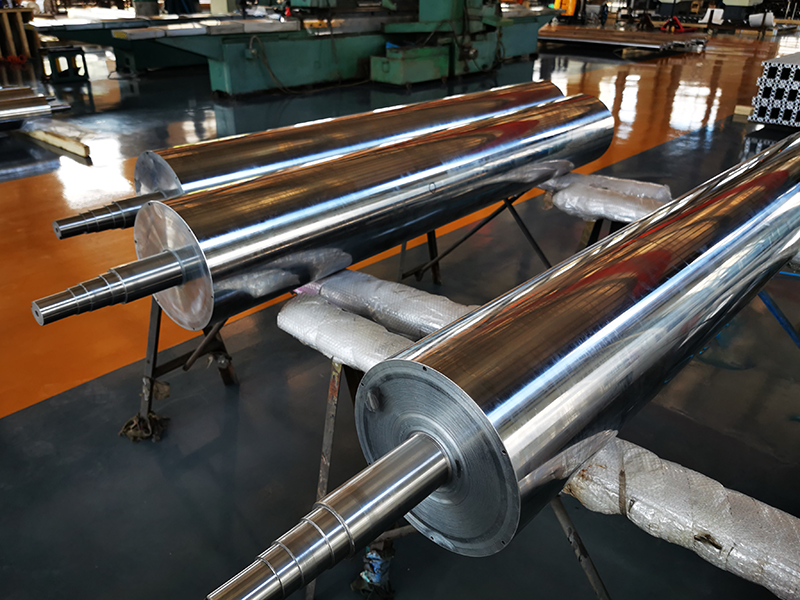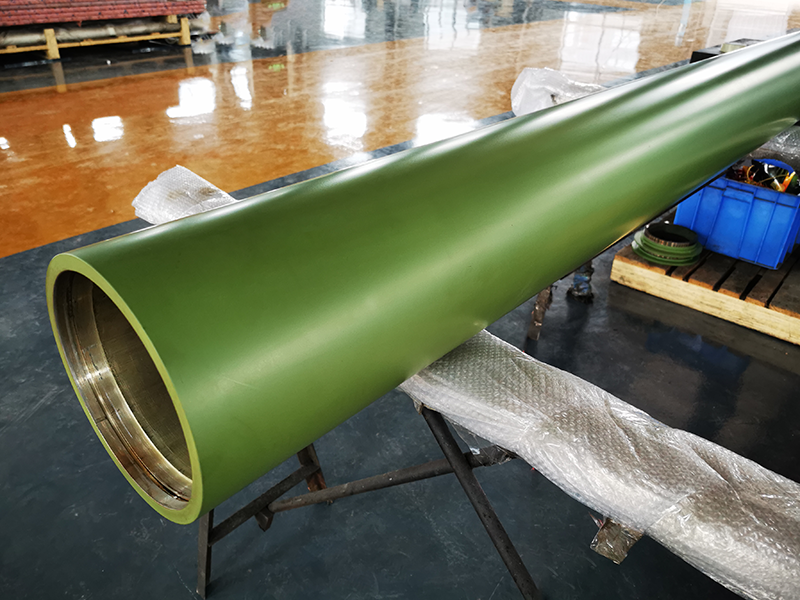Common Surface Treatment of Aluminum Rollers
(HV300,HV500,HV700)
Anodizing is an electrolytic passivation process used to increase the thickness of the natural oxide layer on the surface of metal parts.
Aluminium alloys are anodized to increase corrosion resistance and to allow dyeing (colouring), improved lubrication, or improved adhesion.
Hard anodizing, sometimes called Type III, offers greater corrosion protection and resistance to wear in extreme environments or with moving mechanical parts subject to a lot of friction. This is produced by continuing the electrical current until the depth of the pores exceeds 10 microns, all the way to 25 microns or even more. This takes more time and is more expensive but produces a superior result.

Precision Hard Anodizing Aluminum Roller
Chrome plating (less commonly chromium plating) is a technique of electroplating a thin layer of chromium onto a metal object. The after product of chrome plating is called chrome. The chromed layer can be decorative, provide corrosion resistance, ease cleaning procedures, or increase surface hardness.
Hard Chrome is comparatively thicker than Decorative Chrome. It offers much better wear resistance and has reduced friction. That makes it more suitable for engineering applications. So, it is also known as industrial chrome as well. Hard chrome plating thickness usually ranges from 20 to 40 micrometers. It can be made up to 100 micrometers thick, depending on the wear resistance requirements. But, electroplating doesn’t chrome the aluminum roller uniformly.
When the rollers have an irregular geometry, the coating tends to be uneven and likely to have surface defects. So, a thicker coating is applied to the rollers. Then it is brought back to the precise dimensions through grinding.

Hard Chrome Plated Steel Roller
Teflon is actually the brand name that commercializes this product, but the coating itself is called Polytetrafluoroethylene or PTFE. There are mainly two types of PTFE coatings such as one-coat PTFE and two-coat PTFE that consists of a primer and a topcoat. They are used in various applications because of their impressive list of advantages.
1)Resistance to Extreme Temperatures
2)Non-Stick Properties
3)Chemical Resistance
4)Great Electrical Insulation

Aluminum Teflon Coating Roller for Textile Printer
Reduce Manufacturing Costs with Custom Roll Forming







